Caveat: crypto gaming adoption can occur, but likely only in the form of predatory and grindy gaming experiences.
Optimistic outlooks for crypto adoption in gaming generally argue that “if developers would focus on making a good game first and crypto second, then crypto in gaming could work”. However, crypto adoption in gaming is antithetical to “good” game design. Crypto adoption in gaming necessitates “bad” game design choices (bad meaning grindy, predatory, anti-competitive, pay-2-win).
Crypto adoption does not add aggregate monetary value to the gamespace, it only redistributes value amongst these affected parties.
Parties affected by crypto adoption in gaming:
- Developers/Publishers/Producers (for simplicity we’ll lump these together as “devs”)
- Secondary developers (e.g. artists that make skins)
- Early adopters
- Grinders
- Whales
- Late adopters/casual players
Types of implementations:
- Play to earn
- NFT ownership of the game license
- NFT ownership of assets
NFT ownership of the game license
An implementation that does not benefit devs in some way will likely never be created. NFT ownership of game licenses would lead to secondary markets where players could purchase or trade games cheaper than buying ‘new’ copies. Secondary markets would siphon sales away from devs. Why buy 10 new games a year when you can buy 1 new game and trade the license 9 times to play all the games you wanted for 1/10th the cost? This is a non-starter from a developer perspective.
Play to earn
Who benefits: Early adopters, Grinders
Who pays: Late adopters, Whales
This implementation is based on the argument that ‘play time’ has a monetary value and therefore players who put in a lot of time should receive payment. The argument that ‘play time’ has value is because ‘play time’ is often used as a metric for judging games. However, if players are grinding because the game is paying them to grind, ‘play time’ isn’t a good metric for how good a game is. By paying players to play, the value of players playing is essentially removed. Similarly, the size of the playerbase is a metric for the goodness of a game. But a similar problem exists when the playerbase exists because of monetary incentives, then it is no longer good metric.
‘Playtime’ being paid out as if it has value, when that value is tenable at best, is an unsustainable model. The base argument for play2earn is therefore essentially a gimmick. This gimmick is predatory in that it advertises itself as “you can earn real money playing this game!” when the reality is that this model maybe benefited the early adopters, but eventually it will lead to bag holders getting screwed.
Sometimes these games are sustained by a growing playerbase, but when the playerbase stops growing the game collapses (similar to a pyramid scheme). These games require new players to purchase expensive assets to get started which is how early adopters get paid. When there are less new players there is no way to pay out old players and the economy crashes.
Sometimes these games are sustained by whales. In this case the game must have predatory pay-2-win mechanics to extract as much real-world money out of a few players to prop up the game’s entire ecosystem. This is the most realistic long-term type of crypto adoption in gaming. Games that are completely sustained by whales necessitate being both pay-2-win and predatory.
NFT ownership of assets
This implementation would see the ownership of player assets (e.g. skins) given to players in the form of NFTs. The argument is that NFTs are superior to digital licenses for items in that players would be able to buy, sell and trade on secondary marketplaces rather than in game shops, and tokenization would allow assets to be used between different games. The problem with the first argument is that developers would rather have control over the in-game market for assets so there’s no developer incentive to create this. Why would Valve want you to be able to sell your counterstrike weapon skins for real money on opensea rather than selling them for steam cash on their own platform?
The problem with the second argument is that NFTs don’t natively work with any game, the assets would still need to be enabled by the game itself, so tokenization doesn’t enable this to work any more than a managed digital license would.
Bad actors
Introducing real-world money to the gaming equation also invites bad actors. Bots, cheaters, and scammers are all incentivized by real-world money. If crypto is not adding anything positive to the gameplay, why introduce these potentially very damaging entities into the game-space?
Conclusion
Crypto game adoption is an interesting thought experiment but incentivizes bad game design and bad actors while not adding anything to the gaming experience itself. Crypto adoption in gaming does not add aggregate monetary value, only redistributes it, often creating pyramid-like game economies. There is no pro-crypto adoption argument based on crypto's ability to enhance gameplay elements, only arguments based on redistributing monetary value to early adopters and grinders from late adopters and whales.
[link] [comments]

You can get bonuses upto $100 FREE BONUS when you:
💰 Install these recommended apps:
💲 SocialGood - 100% Crypto Back on Everyday Shopping
💲 xPortal - The DeFi For The Next Billion
💲 CryptoTab Browser - Lightweight, fast, and ready to mine!
💰 Register on these recommended exchanges:
🟡 Binance🟡 Bitfinex🟡 Bitmart🟡 Bittrex🟡 Bitget
🟡 CoinEx🟡 Crypto.com🟡 Gate.io🟡 Huobi🟡 Kucoin.


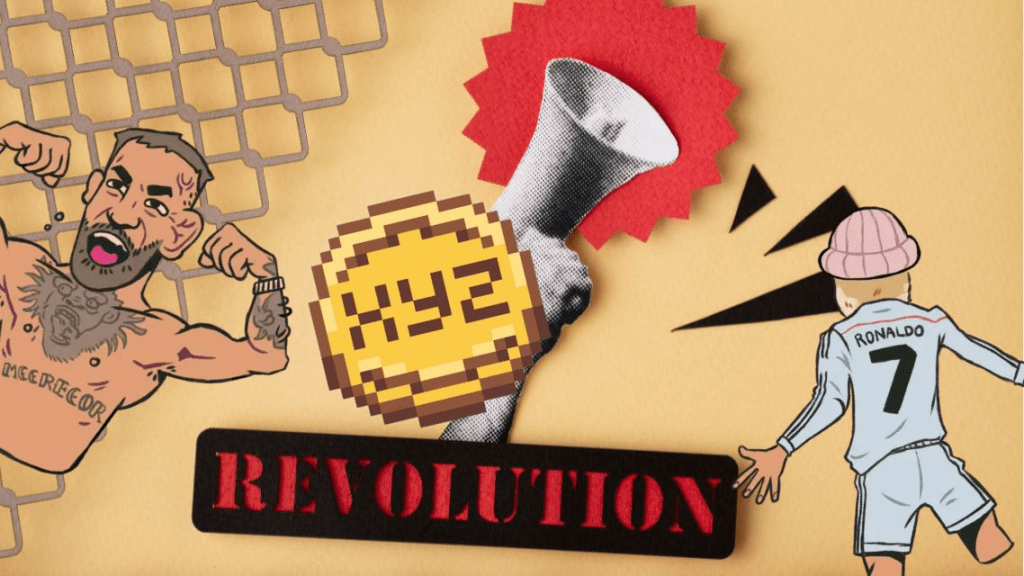

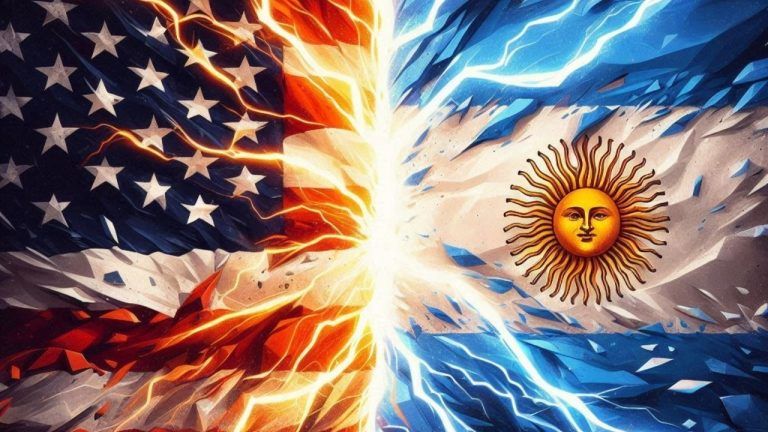

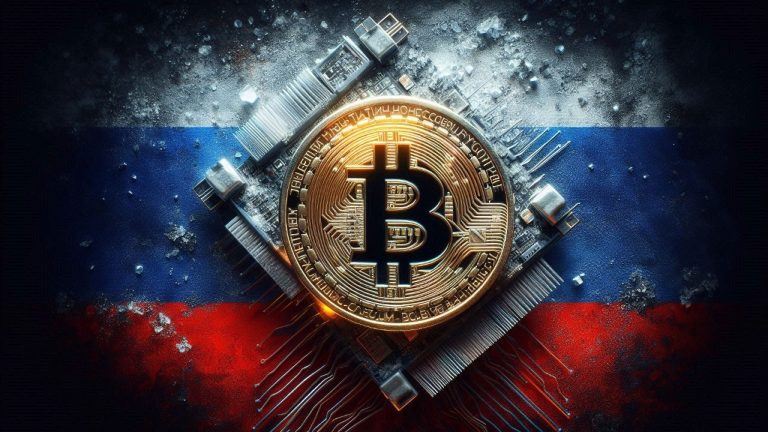

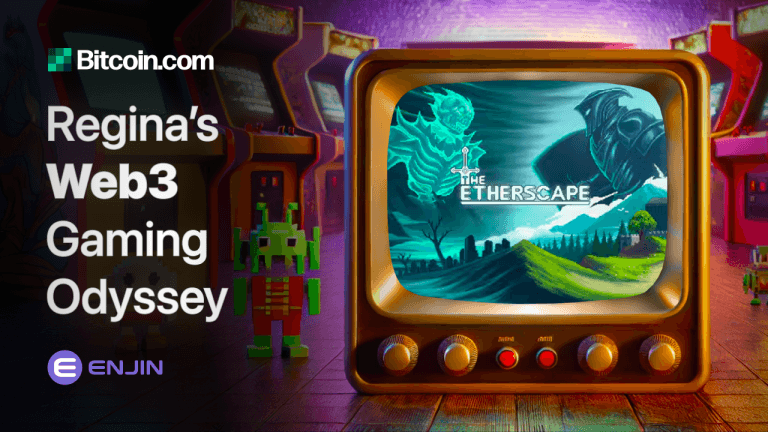
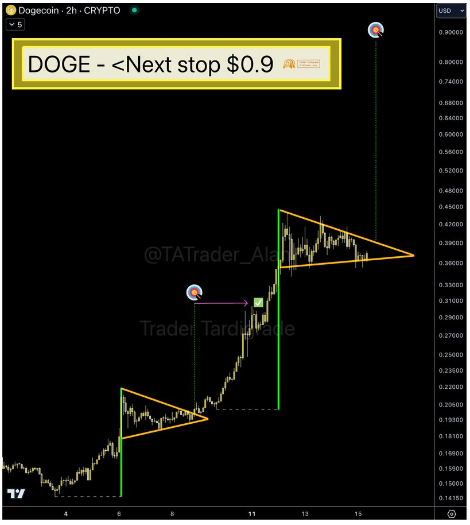



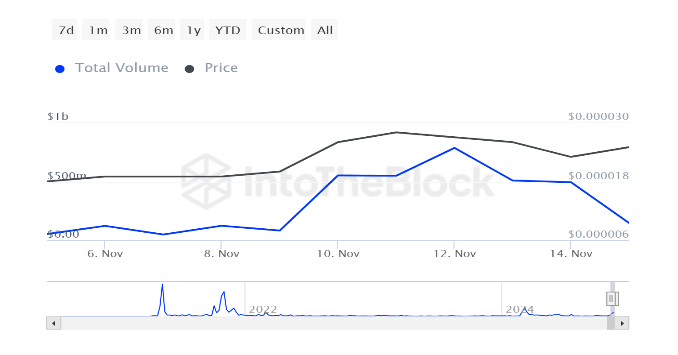




Comments